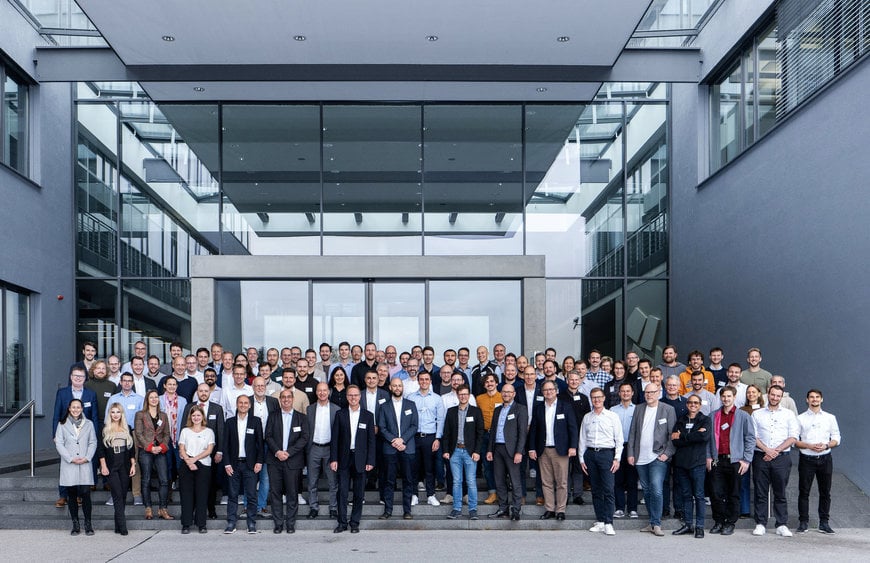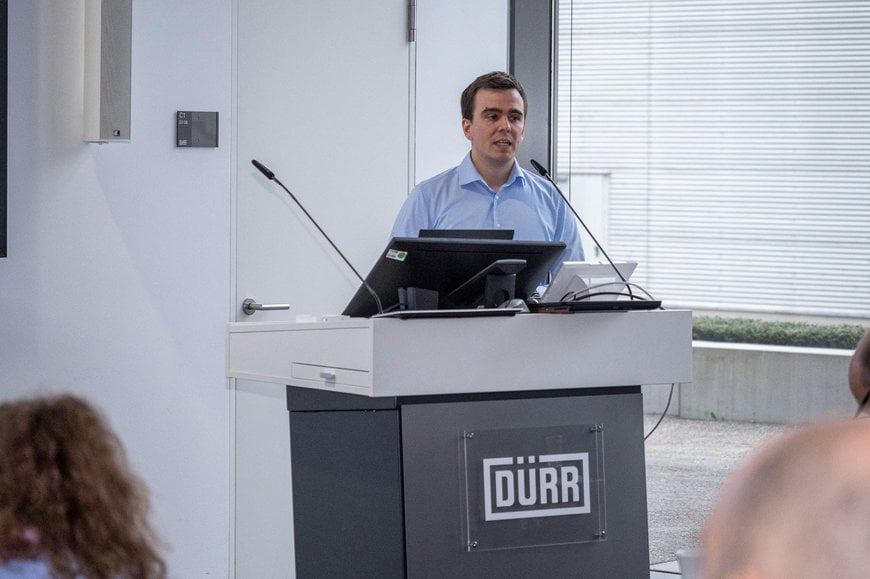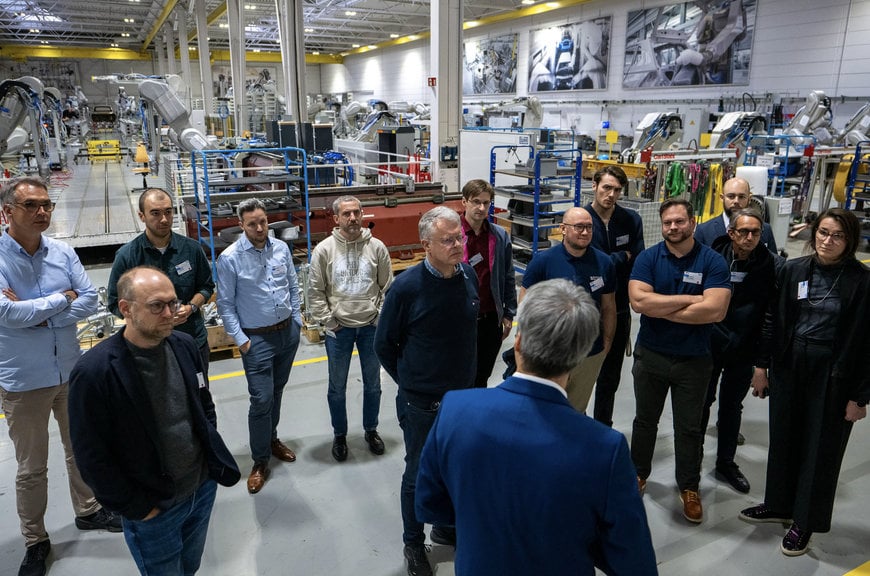Dürr takes a leading role in AI development for robot cell configuration
Dürr is participating in the RoX research project, which aims to establish a digital ecosystem for AI-based robotics. Approximately 30 companies and research institutes are collaborating in a consortium to develop practical solutions over the next two and a half years.
www.durr.com

Dürr is contributing by working on an intelligent tool to improve and accelerate the development of painting processes, from initial planning to commissioning. The project, funded by the German Federal Ministry for Economic Affairs and Climate Protection, was launched with a two-day workshop at Dürr's headquarters.
The RoX project aims to provide German industry with its own AI infrastructure for robotic systems across multiple sectors. A cloud-based ecosystem will enhance efficiency in manufacturing and development while ensuring greater independence and data sovereignty compared to international competitors. To achieve these goals, several use cases have been identified for collaborative development. The kick-off event at Dürr's headquarters in Bietigheim-Bissingen, brought together around 100 representatives from leading companies in the automotive, chemical, pharmaceutical, and aerospace industries, as well as industry associations and research institutions.
Focus on practical applications
The RoX project emphasizes practical applications to address key industry challenges. At the kick-off event, consortium members introduced sub-projects, formed working groups, and outlined initial work packages with timelines. Dürr is leading a use case to develop an AI tool over the next 30 months, assisting developers throughout the entire process from assembly to commissioning of robot cells. Drawing on decades of global project experience, Dürr is collaborating with its partners to advance AI expertise in robot-based painting automation through simulation models.

Florian Jaensch, Dürr Systems AG, presents the Dürr-specific use case that will be researched together with the partners over the next two and a half years.
The benefit: AI should support developers
When configuring a robot cell, developers must make critical decisions early in the development process. “The number, space requirements, and motion sequences of the robots used, the resulting layout of the system, the assignment of tasks, possible painting programs, etc. – all of this has to be defined in order to ultimately achieve the customer's required cycle time,” explains Florian Jaensch, who is responsible for the RoX project at Dürr. Dürr’s working group is configuring an AI tool to assist developers with these decisions and take on other tasks independently during commissioning. For example, in the future, AI could optimize path programming autonomously, increasing efficiency. This level of automation aims to accelerate the robot cell configuration process overall.

Participants at the consortium meeting gain an exclusive insight into robot assembly at Dürr Systems, the heart of the company.
Knowledge database of expert and process knowledge
The foundation for this initiative is a knowledge database that consolidates expert and process knowledge, enabling AI to utilize it effectively. By drawing on data and specifications from the knowledge database – including concepts from earlier projects – the AI can generate initial suggestions, such as suitable robot types or layouts, up to the fully configured robot cell with associated process parameters. This reflects a gradual shift in the distribution of roles and tasks between developers and their tools. In the future, developers in industrial manufacturing will primarily define requirements, which AI will then use to automatically generate solution proposals, similar to how large language models like ChatGPT operate today.
www.durr.com

